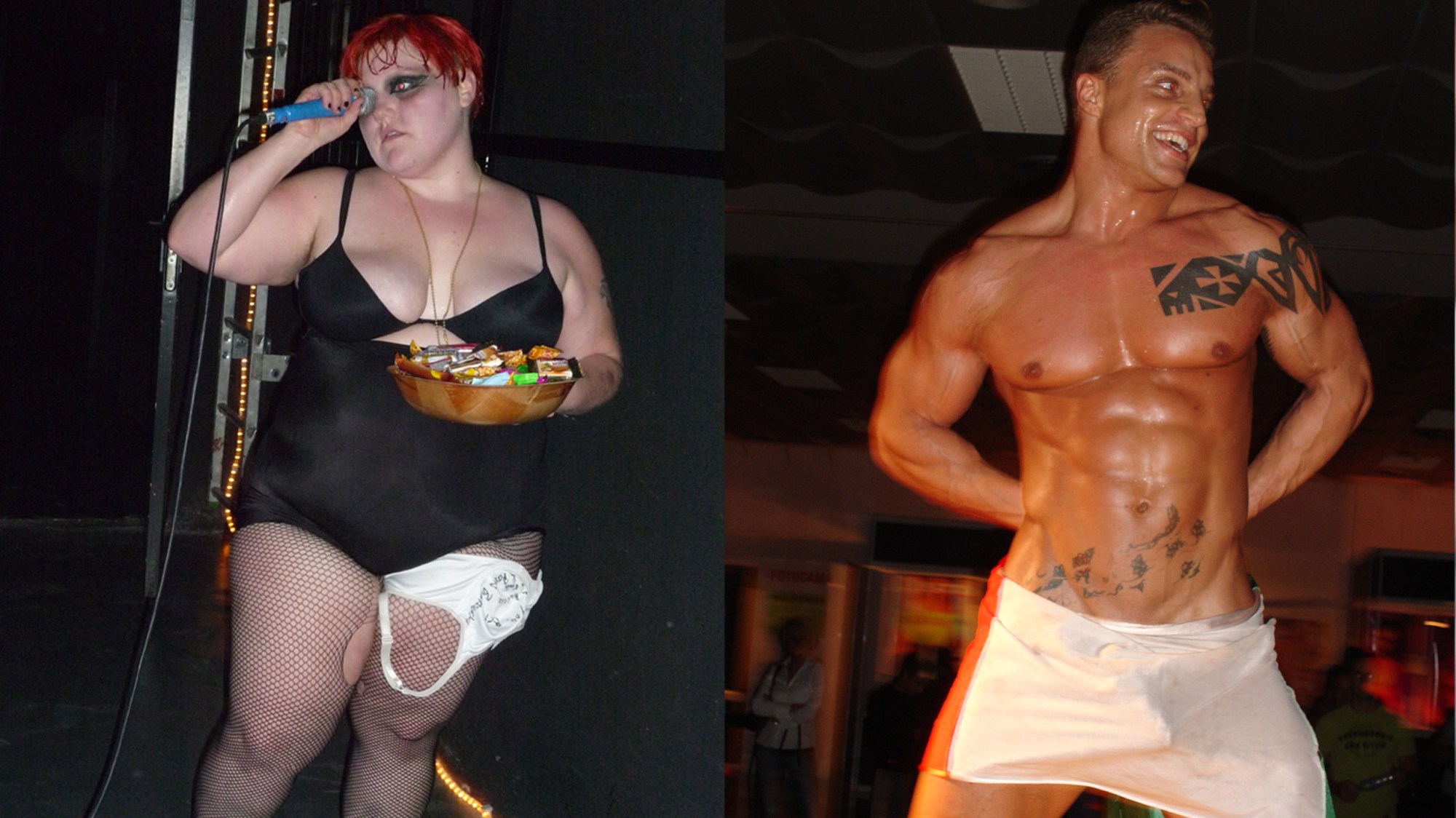“I’ve lost a lot of great photographs over the years. A lot was consigned to the dustbin of history. Going through my external drives is always a bit of an excavation, it’s a deep dive.” For the cult filmmaker Bruce LaBruce, ephemera has always been part of his world and work. From the iconic imagery of 1996’s Hustler White — a satirical comedy about Santa Monica Boulevard’s gay hustlers — through to his on-set polaroids, the leftover stains and shock of his performance works, and the dynamic output of his Instagram. His is a practice defined and delineated by his social and sexual interactions in the world, and underpinned by what Ann Cvetkovich — in her work on the queer communities of activist group ACT UP — referred to as “ephemeral networks”. So, it is fitting then, that Bruce is on the cusp of releasing two new volumes of his PHOTO EPHEMERA with the cult publisher Baron Books.
This follows on from the release of Bruce’s Death Book in 2020, a “pandemic project” that proved electrifyingly dystopian (and timely) — challenging narratives around mortality at a time when we all stared in its face. Featuring previously unseen photography from throughout his career, this book was a tour-de-force for which Bruce decided very early on that he wanted to use his most extreme material — “a lot of fake blood, gore, bloody revolutionaries and zombies, torture scenarios, and people with guns or knives,” he says. Yet, in collaboration with Baron, a creative partnership was born that allowed both partners to overcome “the hump of timidity”. As he sees it, “that was the test of a really good publisher — that he stuck to his guns, so to speak, that he didn’t freak out, and that he went all the way with it.” The latest result of this partnership guides the reader through a world of Bruce’s point-and-shoot digital photography, consciously channelling the flash-filled freneticism of the early 00s. These volumes are, in part, a record of a pre-iPhone era. Bruce tells that he “would carry around a digital camera in one pocket, and a phone in the other — they were separate.”

In art history, the term ‘ephemera’ is often used to refer to objects or encounters that are beyond classification; those that fall through the cracks of history because they don’t adhere to institutional hierarchies or archival binaries. “There’s a randomness”, Bruce notes of the volumes’ whirligig effect and of our own relationship with documentation; “as a culture now, we take photos so absent-mindedly, as a sort of automatic reflex. All those thousands of photos we take on phones, what will happen to them?” The late academic José Esteban Muñoz writes of ephemera as evidence, describing how “queer acts, like queer performances, and various performances of queerness, stand as evidence of queer lives, powers and possibilities.”
Across the two volumes of Bruce’s PHOTO EPHEMERA, we feel the raw energy of these queer possibilities play out. We see fleeting visions of Karl Lagerfeld, Beth Ditto, Ron Athey and London queer icon David Hoyle, as well as Rick Owens collaborator and artist Kembra Pfahler. Amidst the nocturnal rhythms of the book’s two volumes, the reader recognises late, lost creative forces such as Dash Snow (who died of an overdose in 2009) and Peter ‘Sleazy’ Christopherson of Throbbing Gristle and Psychic TV. But it’s the rapid flow of images, almost like a stream of consciousness, that feels most exhilarating. Sweaty bodies, tattoos in close-up, subjects set against national monuments and local graffiti murals; rogue street signs, foreign symbols, psychic crosses; gods, dictators and lots of cock. As Bruce explains, “I’m not an archivist, I’m a messy gay.”

There is something striking — and unnerving — about hearing Bruce’s voice, that famed narrative force of his films, out of the context of the moving image. Yet in conversation, his accounts of the past run in spirals — raw, unfiltered but fully-focussed. When we speak, Bruce calls in (the shades stay on) amidst a recent retrospective in Montreal at La Cinémathèque québécoise. I’m struck by his ability to stay contemporary, and un-nostalgic, whilst navigating this ‘retrospective’ moment of his career. How a book of photo ephemera can exist in the world without wistfulness. He tells me that “nostalgia is a horrible word, but [the work] does remind you of places, of where you were at certain times in your life”.
Looking back on his career, it’s clear that Bruce’s own recollections of his work are punctuated with such ephemeral details; he remembers picketers outside the ICA at a showing of his neo-Nazi-inflected film Skin Flick (1999), right down to a headline in Brixton’s The Voice that labelled it a “SICK GANGBANG FANTASY”. Recalling religious protests of his 2012 exhibition at La Fresh in Madrid, he remembers not only the explosive device thrown through the gallery window the day after his show opened but zones in on a trip to the nearby Aqueduct of Segovia the day after — during which, he staged a shoot with two models that led to the accidental arrest of one for possession of a knife.
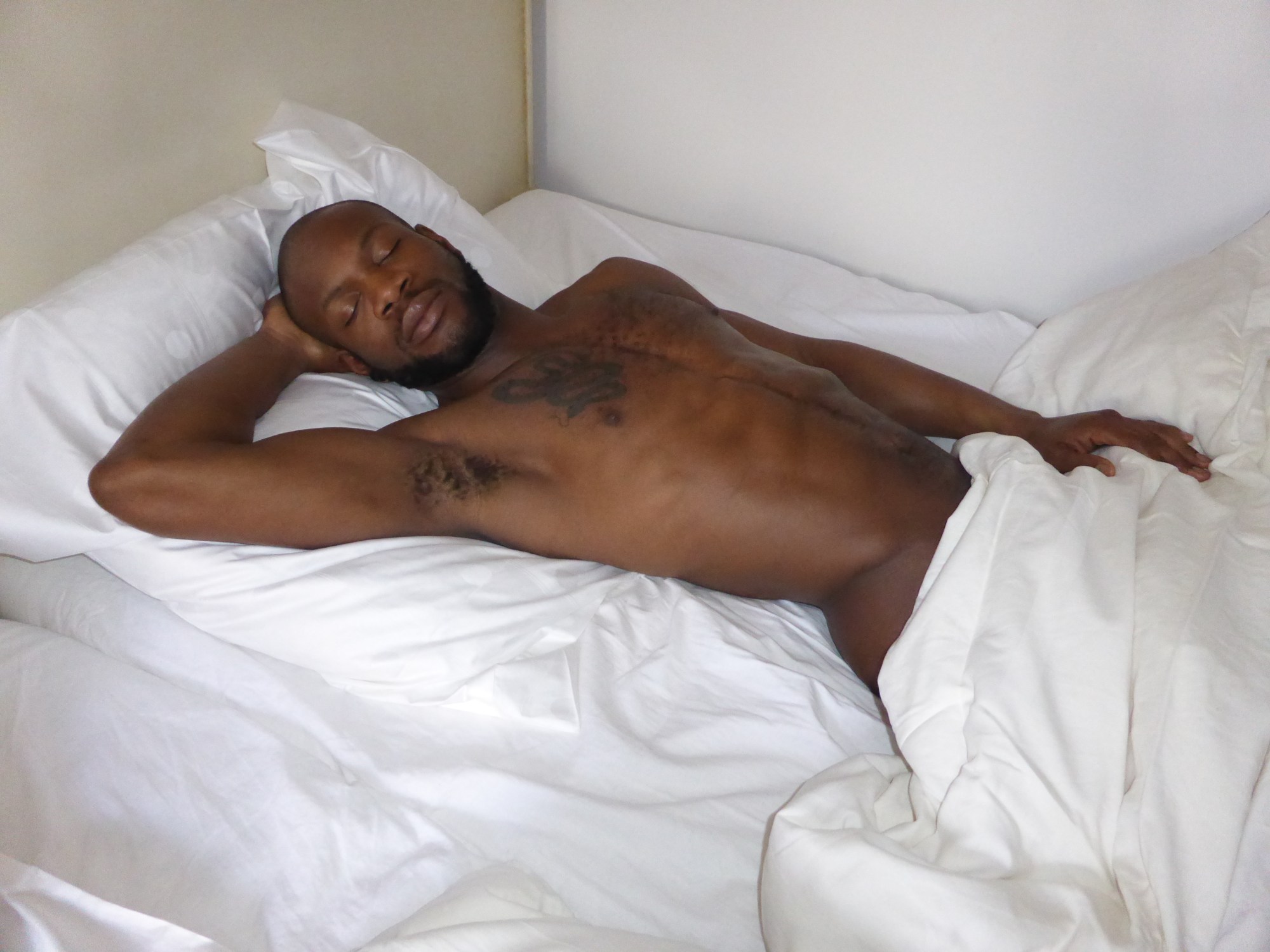
Bruce is a legendary provocateur, and a live-wire amidst a climate of censorship as potent now as when he debuted Hustler White at Sundance in 1996 and found that “nearly half of the audience walked out — almost, en masse — they just all got up at the same time and left the theatre”. As he dryly notes, “it’s happened to me many times”. Recalling his Death Book, he describes how “when you look at those polaroids, I’ve had them stopped at the border and they look so real that people think there’s something going on there [..] we didn’t know when we made the book if we’d have problems selling it, or getting it across borders.”
Yet for all the turbulence of his creative practice (and its opposition), he continues to be a man of his time; casting contemporary faces (such as e-boy porn legend Sean Ford in his recent film The Affairs of Lidia), pivoting to digital distribution, working with emerging platforms, and seemingly always on the move. One of the final images of PHOTO EPHEMERA Vol.1, is that of a flying grenade. At this point in his career — bridging media and geographies, time zones and retrospectives — it feels a fitting symbol for Bruce; at once in perpetual motion, and as explosive as ever.
Pre-order Bruce LaBruce ‘PHOTO EPHEMERA Vol.1’ here
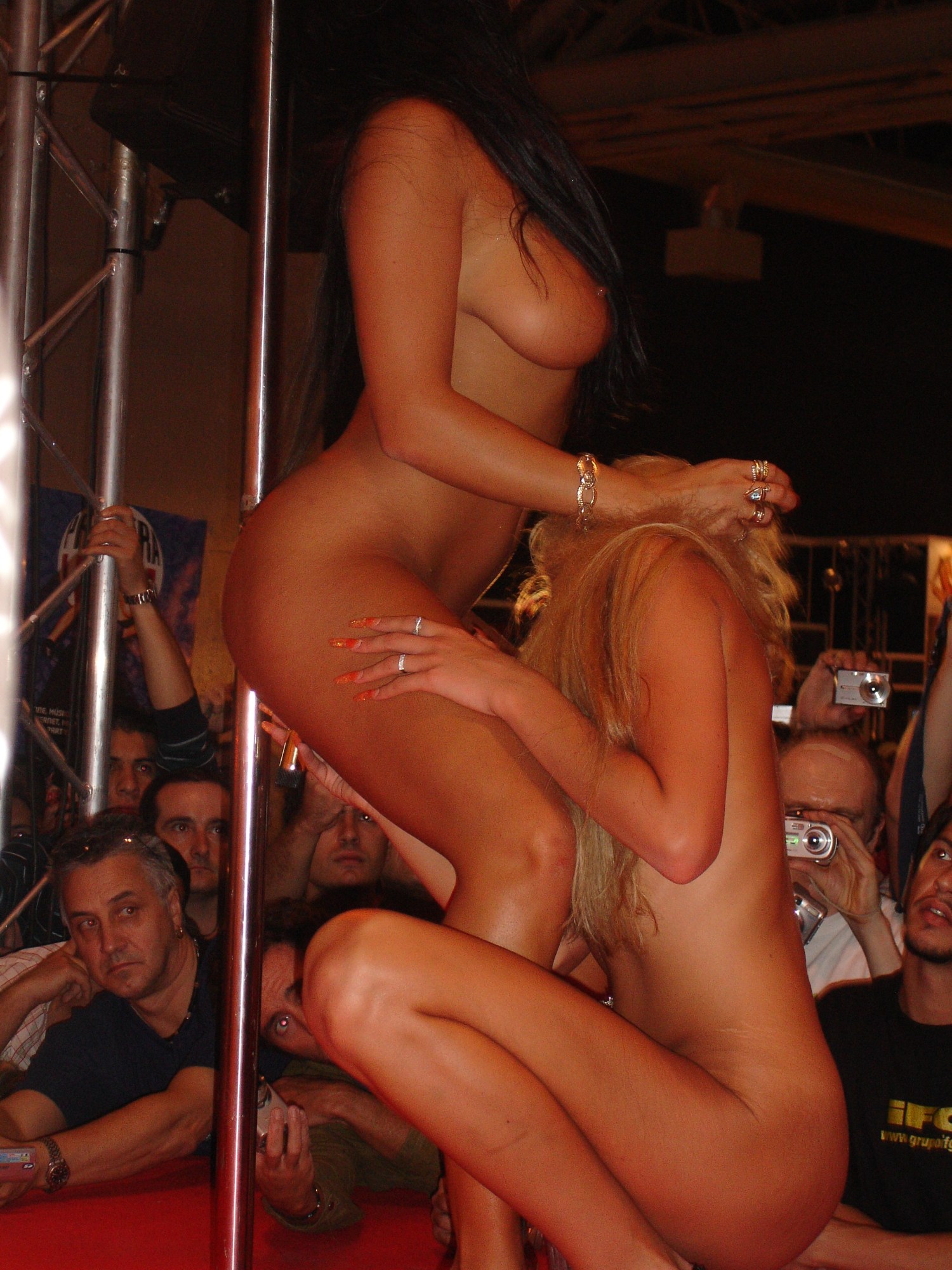
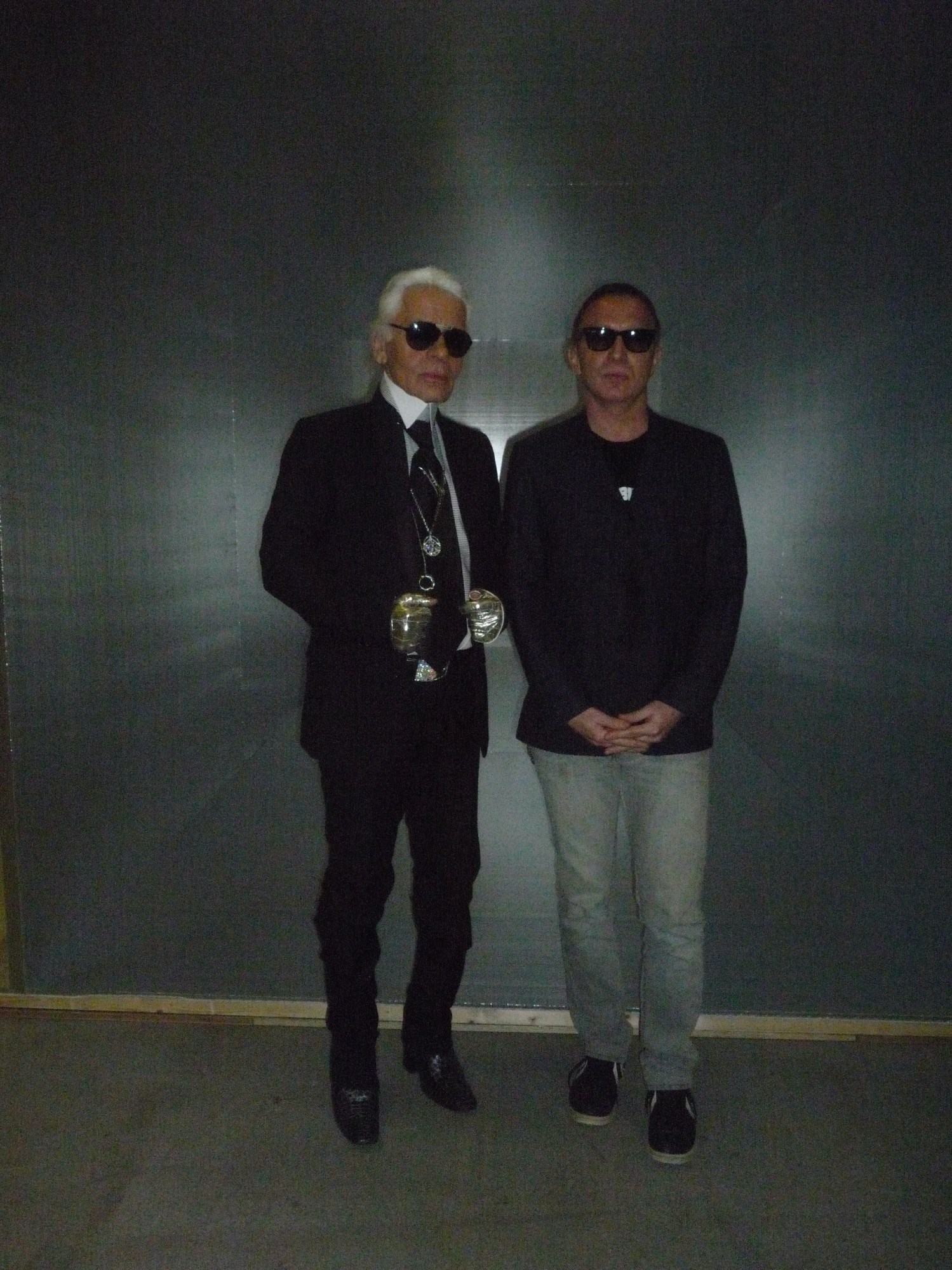
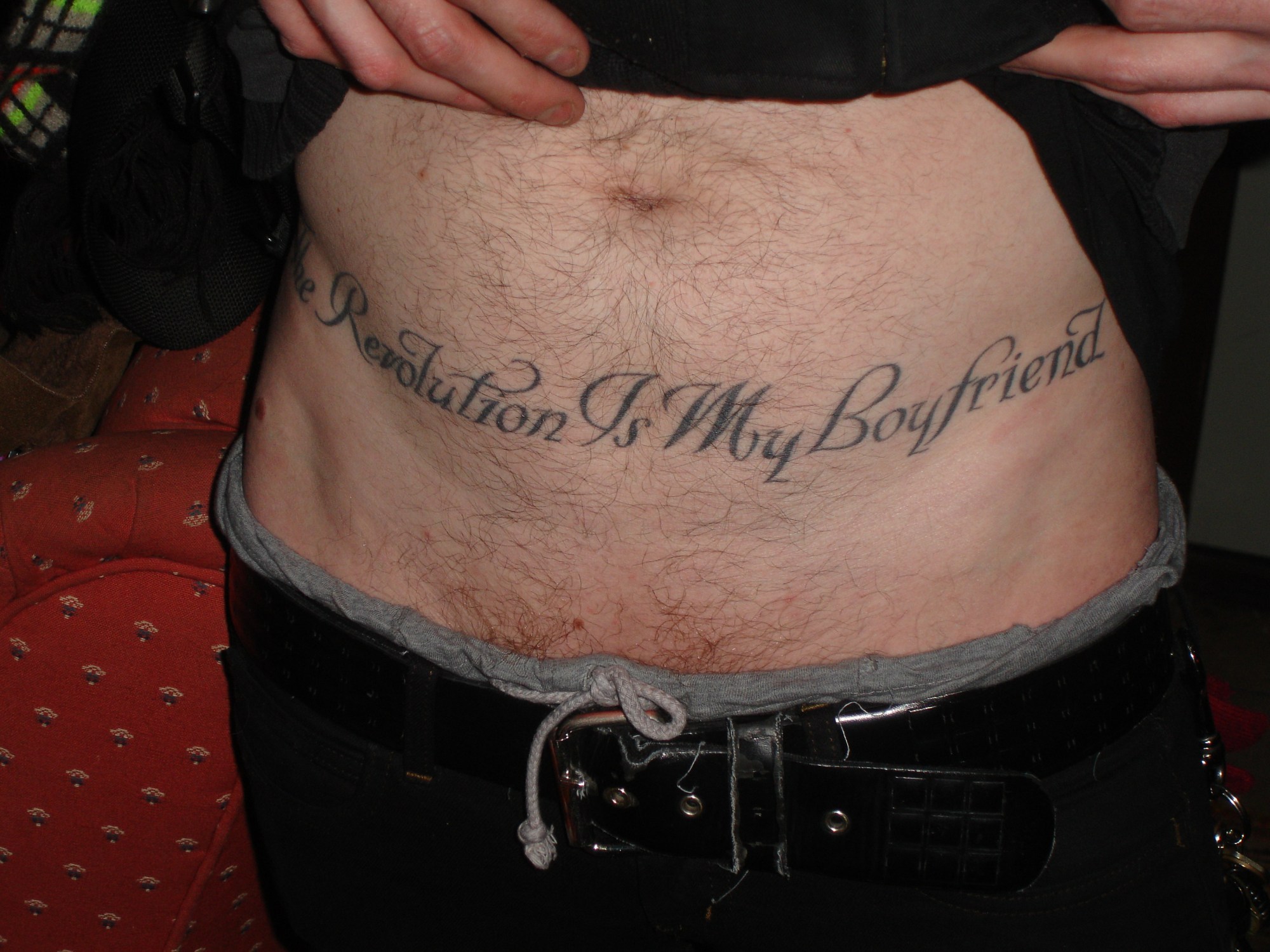

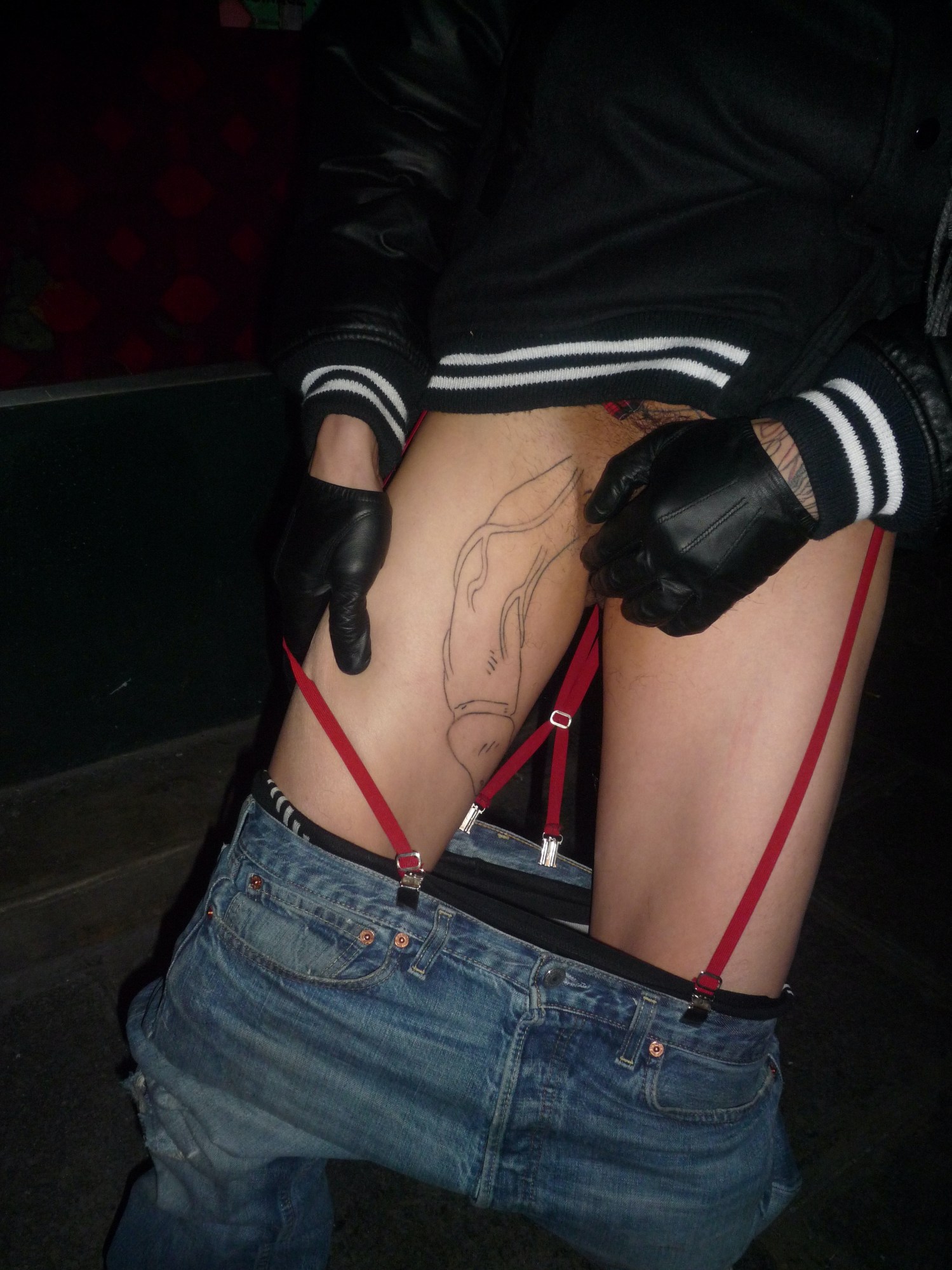
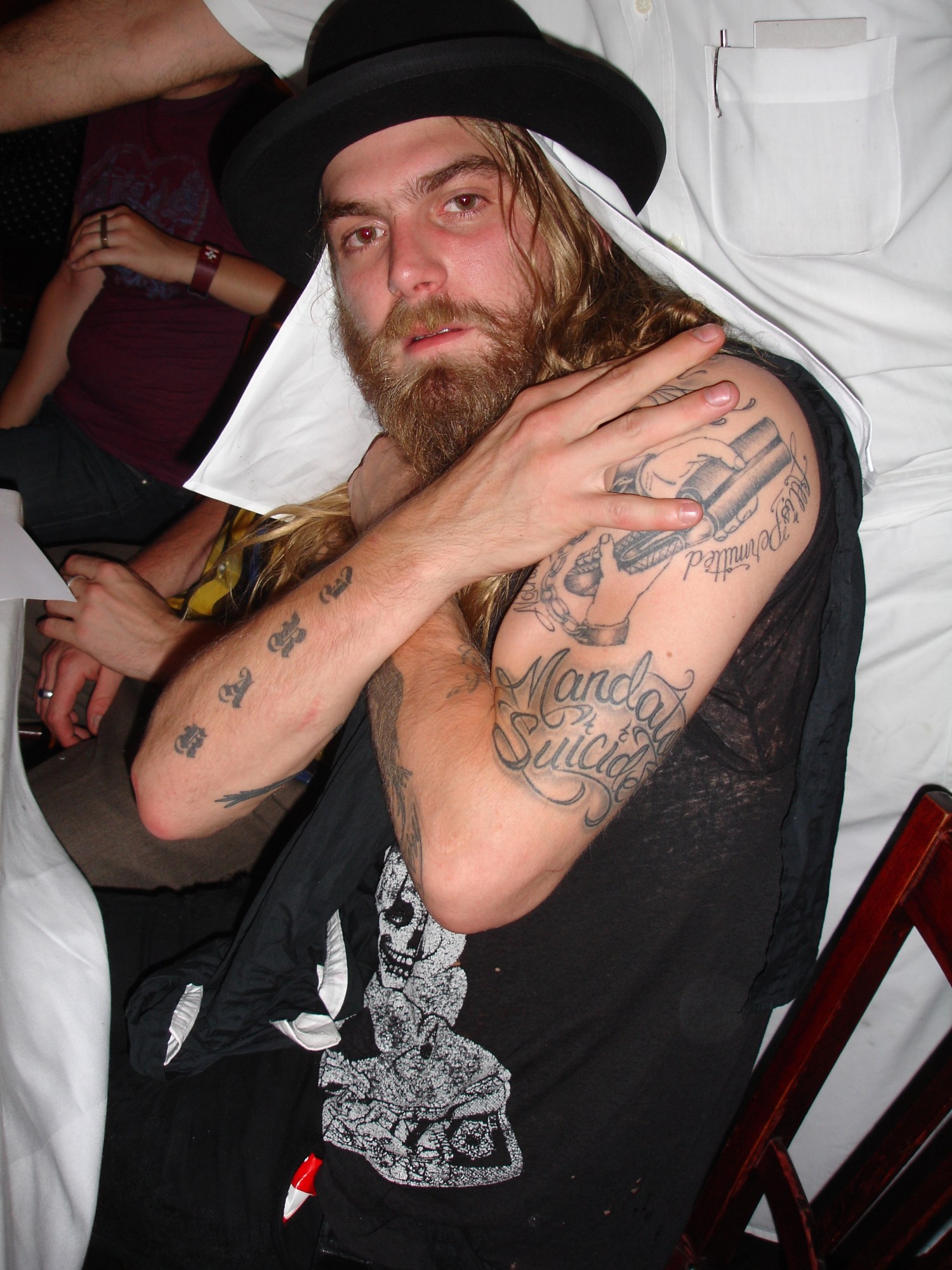
Credits
All images courtesy of the artist and Baron Books.
